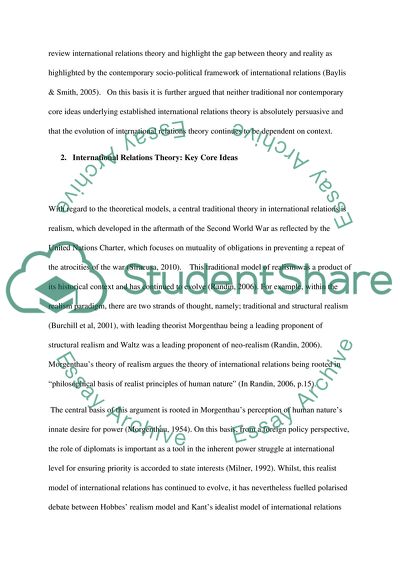Cite this document
(Analysis of Traditional and Contemporary International Relations Coursework - 1, n.d.)
Analysis of Traditional and Contemporary International Relations Coursework - 1. Retrieved from https://studentshare.org/politics/1750031-international-business
Analysis of Traditional and Contemporary International Relations Coursework - 1. Retrieved from https://studentshare.org/politics/1750031-international-business
(Analysis of Traditional and Contemporary International Relations Coursework - 1)
Analysis of Traditional and Contemporary International Relations Coursework - 1. https://studentshare.org/politics/1750031-international-business.
Analysis of Traditional and Contemporary International Relations Coursework - 1. https://studentshare.org/politics/1750031-international-business.
“Analysis of Traditional and Contemporary International Relations Coursework - 1”, n.d. https://studentshare.org/politics/1750031-international-business.


